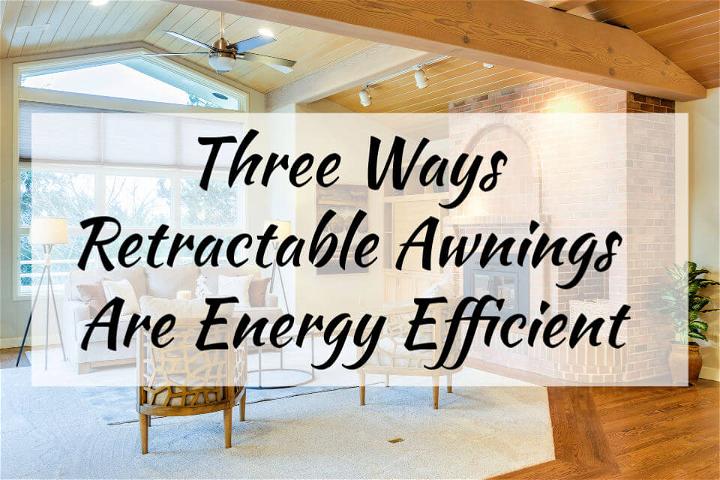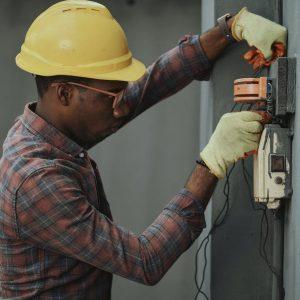As the old saying goes, waste not, want not. No one wants to waste valuable resources. Everyone instead wants to reduce their carbon footprint. It is only natural, therefore, to try to make smart purchases that don’t hurt the environment.
A retractable awning is no exception. While it may come as a surprise, just by choosing to install one, you are helping yourself live more sustainably—all while saving yourself money!

1. Retractable awnings:
The first way that retractable awnings are energy efficient is that they help save on utility bills. Awnings have been shown to save owners up to $200 on monthly utility bills. They also lower the temperature in homes by at least 15 degrees and reduce heat from the sun into a home by as much as 77 percent. These savings transfer to your air-conditioning bill and the strain that is put on the environment when everyone uses their air conditioners constantly.
In addition, adding an awning to your home can decrease glare and sunlight coming into the house by as much as 94 percent. In places with high altitude, this is especially important as the sun’s rays are stronger the higher up you are. It can be difficult to keep your home cool when the sun is out in full strength. By putting your awning out, you are essentially using shade to cool your home rather than electricity from the grid. It is just another way to reduce your carbon footprint.
2. Promote sustainability:
A second way that retractable awnings are energy efficient and promote sustainability is that using an awning to prevent you from being scorched by the sun also helps to protect your furniture. Solar radiation can do a number on indoor furniture. It deteriorates almost every surface it touches. It weakens fabrics, fades colors, and speeds the aging of wood finishes.
Keeping the sun’s rays off of your furniture will make it last longer. For example, awnings shade inside surfaces near windows, which can help with premature aging of your hardwood furniture, floors, and fabrics, including valuable leather pieces. And longer-lasting furniture means fewer pieces will end up in the local dump, which equates to less household waste.
3. Energy efficient:
A third way that retractable awnings promote sustainability and are energy efficient is that they require fewer materials to create and less space within which to operate, which is a win-win for a homeowner. Awnings can also be made of sustainable fabric, such as cotton so that they are non-toxic.
Many people have figured out ways to buy a more sustain-ably designed awning as well as learned valuable tricks for using their awnings to save energy and help the environment. Don’t be afraid to go online to search for a retractable awning review of a model that you particularly like. This can help you narrow down your decision for your purchase.
All in all, an awning is a smart choice for you and the environment. On top of being energy efficient and promoting sustainability, they are a beautiful addition to the aesthetic of any home. And who doesn’t want that?




